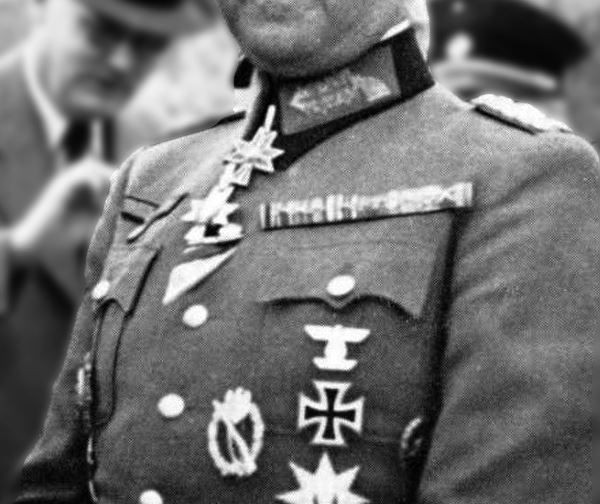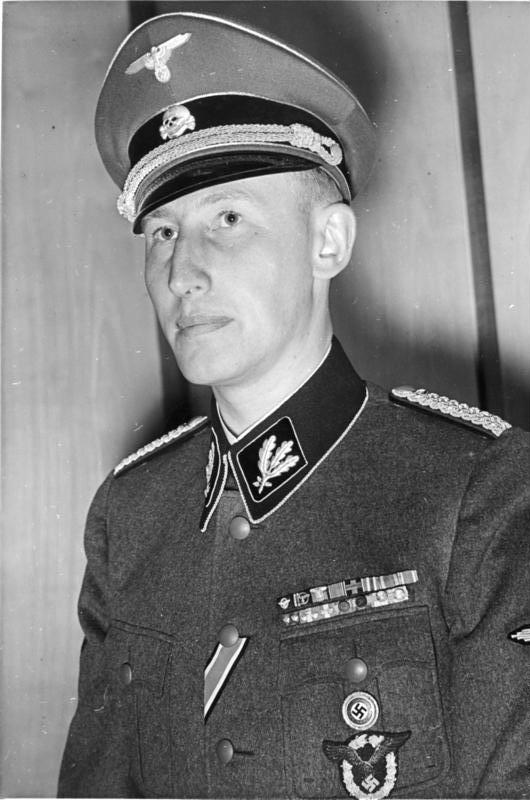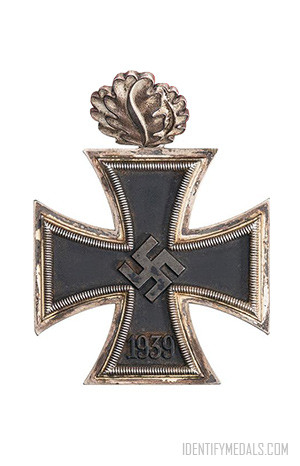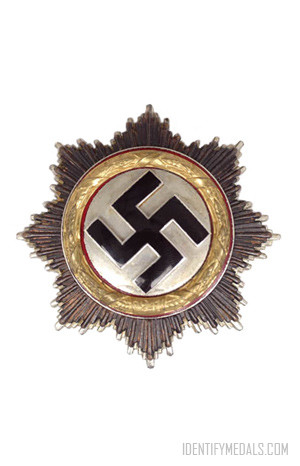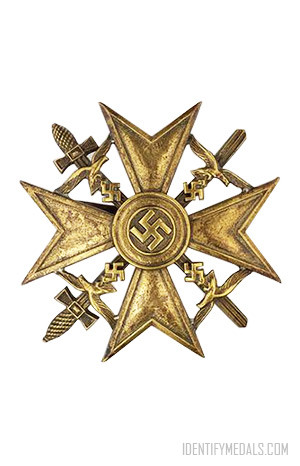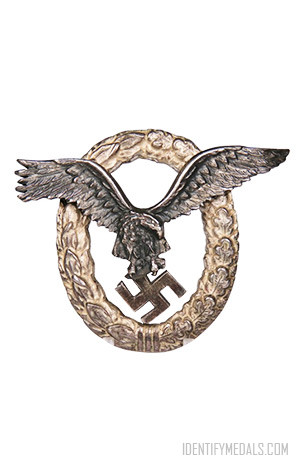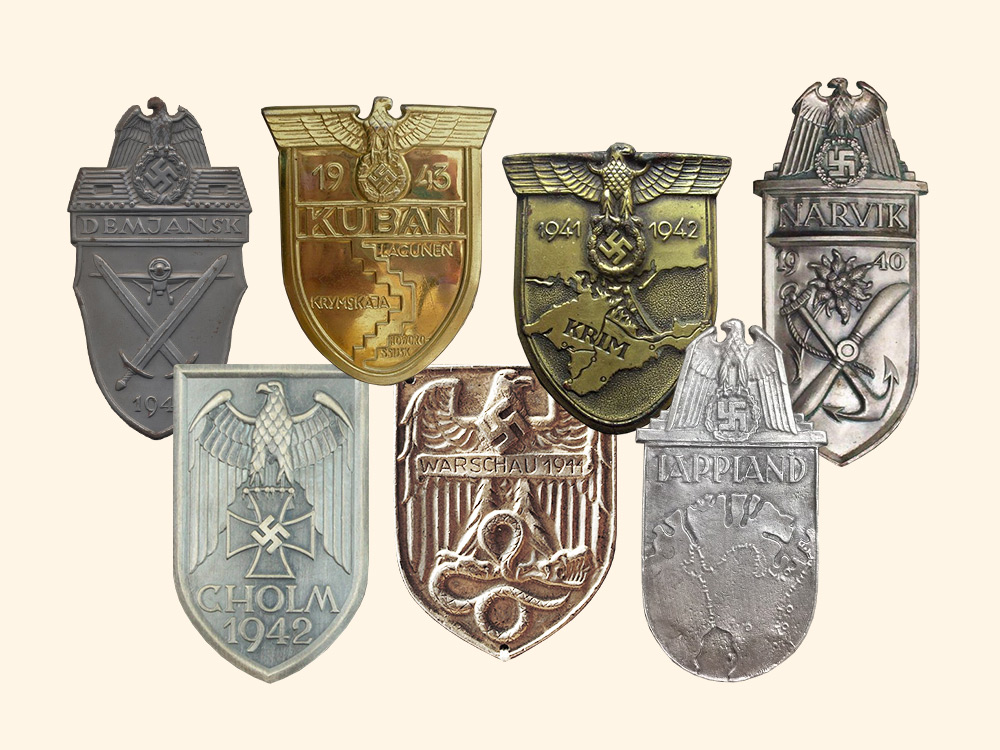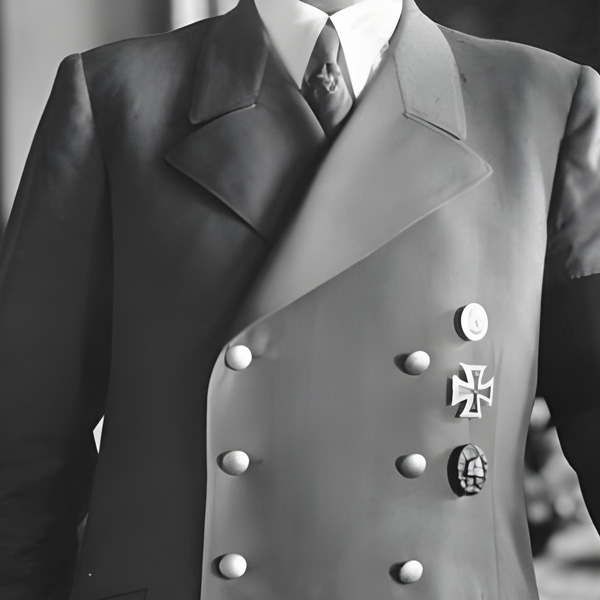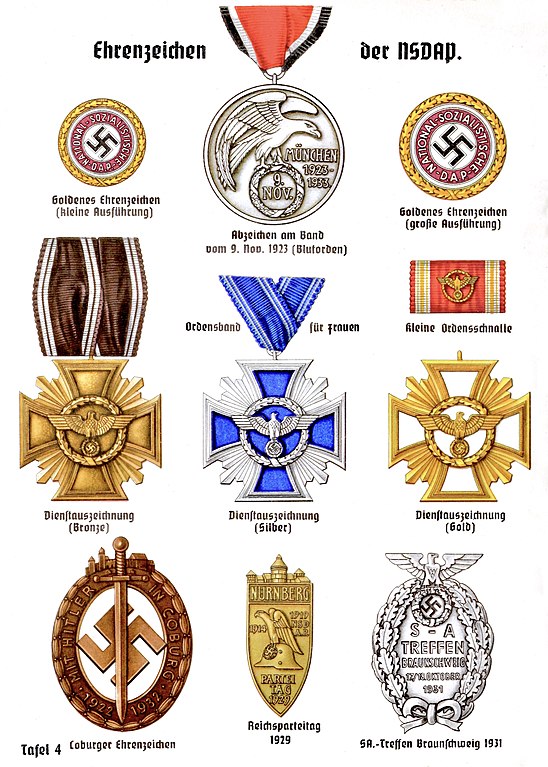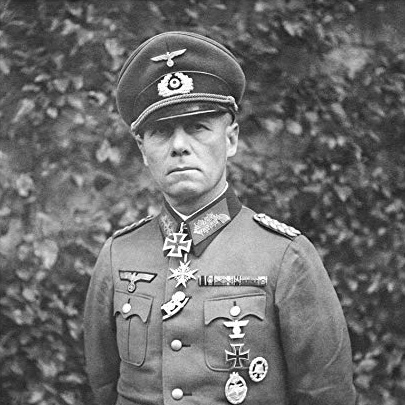Several factors contribute to the varying prices of military medals, including rarity, historical significance, provenance, condition, and also the individuals associated with them. In the case of the Third Reich, the German state between 1933 and 1945 (when Adolf Hitler and his Nazi party controlled the country under a totalitarian regime), military medals awarded during the time can reach very high prices.
In this article, we will delve into the five most expensive military medals and awards from Nazi Germany / Third Reich Germany and explain why they these WW2 badges and awards tend to sell for much more than your usual medal at auction.
Before We Start: A Note About The Time Period
I believe it’s important to clarify that the purpose of this page is educational only. As the creator of this page, I aim to display all military medals regardless of their origin. However, in this case, the origin is hard to ignore. The Third Reich ended in May 1945, after 12 years, when the Allies defeated Germany and ended World War II in Europe. Racism, Nazi eugenics, antisemitism, and anti-Slavism (as well as genocide, mass-murder, and large-scale forced labor) were central features of the regime and all equally monstrous.
What Makes a Medal Expensive?
As we mentioned, there ar several factors that contribute to the varying prices of military medals, including Nazi military medals or those from other periods and countries. Some key reasons include:
Rarity: Medals that were awarded in limited quantities or that were discontinued after a short time are often rarer and, consequently, more valuable and sought-after by collectors.
Historical Significance: Medals associated with significant historical events or figures tend to be more valuable. For example, those awarded to high-ranking officers or recipients who played pivotal roles in important battles or campaigns.
Condition: The condition of a medal can also significantly affect its value. Well-preserved, unaltered medals with minimal wear and damage are generally more valuable than those in poor condition.
Provenance: The history or provenance of a medal can influence its value, too. If a medal can be traced back to a famous or historically significant individual, its value may increase. Documentation that authenticates the medal’s history can also add to its value.
Type and Design: Different types of medals were awarded for various achievements and roles within the military. Some medals, like those for bravery or long service, may be more valuable due to their prestige and design.
The 5 Most Expensive Nazi Medals
While it’s difficult to provide an exact ranking of the five most expensive Nazi military medals, below you will find five notable examples from this time period (and why they fetch the prices they do).
It’s important to mention, again, that the association with the Nazi regime and the atrocities committed during the war make these medals controversial, and their sale and display are subject to legal restrictions in some countries.
The Knight’s Cross (Ritterkreuz des Eisernen Kreuzes) was one of the highest military decorations awarded by Nazi Germany during World War II. It was instituted by Adolf Hitler on September 1, 1939, shortly after the outbreak of the war, and it remained in use until the end of the conflict in 1945.
The Knight’s Cross was awarded for exceptional acts of bravery, leadership, or achievement on the battlefield. Recipients of the Knight’s Cross were often prominent figures in the German military, including generals, high-ranking officers, and skilled combatants. It was a prestigious award and represented a significant honor within the Nazi regime.
After World War II, the Knight’s Cross and its variations are considered historical artifacts, and they are of interest to military historians and collectors.
Price:
~$10,000 – $75,000
The German Cross in Gold (Deutsches Kreuz in Gold) was a high-ranking and prestigious military decoration awarded by Nazi Germany during World War II.
It was instituted on September 28, 1941, by Adolf Hitler to recognize outstanding bravery and exceptional military leadership on the battlefield. The German Cross in Gold was primarily awarded to officers and senior non-commissioned officers.
The German Cross in Gold was unique in that it was not a traditional medal but rather a cloth badge with a metallic component. The badge featured a large eight-pointed star with a black swastika in the center, surrounded by a gold wreath. The star was made of a silver-gray metal, and the wreath was made of gold. The reverse of the badge had a round black cloth backing with a central metal plate featuring a maker’s mark and the recipient’s unique identification number.
Price:
~$2,500
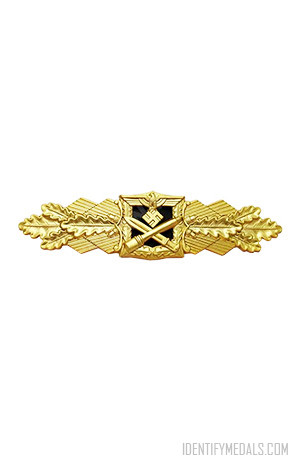
Close Combat Clasp in Gold
The Close Combat Clasp in Gold (Nahkampfspange in Gold) was a military decoration awarded by Nazi Germany during World War II. It was instituted on November 25, 1942, by Adolf Hitler to recognize and honor German military personnel who had demonstrated exceptional bravery and skill in close combat situations.
The Close Combat Clasp was not a traditional medal but rather a distinctive badge worn on the uniform. It was issued in three grades:
- Bronze: Awarded for 15 days of close combat.
- Silver: Awarded for 30 days of close combat.
- Gold: Awarded for 50 days of close combat.
Price:
~$3,000
The Spanish Cross in Gold with Swords (Spanienkreuz in Gold mit Schwertern) was a military decoration awarded by Nazi Germany to members of the German Condor Legion who had served in the Spanish Civil War. The Condor Legion was a unit of the German Luftwaffe (air force) that provided support to Francisco Franco’s Nationalist forces during the conflict, which took place from 1936 to 1939.
The Spanish Cross in Gold with Swords was instituted on April 14, 1939, by Adolf Hitler to recognize the contributions of the Condor Legion in Spain. This decoration was specifically awarded for outstanding combat achievements and leadership during the Spanish Civil War.
The design of the Spanish Cross in Gold with Swords featured a Maltese cross with a central swastika, similar in appearance to the German Iron Cross. Two crossed swords were positioned behind the swastika, and a laurel wreath encircled the cross. The Gold version had a gold finish.
Price:
~$3,000
The Luftwaffe Pilot’s Badge, known as the “Flugzeugführerabzeichen,” was a German military decoration awarded to qualified pilots of the German Luftwaffe (air force) during World War II. It was instituted on January 19, 1935, by Reichsmarschall Hermann Göring, the commander-in-chief of the Luftwaffe.
The Luftwaffe Pilot’s Badge was awarded to both officers and enlisted personnel who met specific criteria for flight training, flight hours, and combat missions. The badge featured a stylized eagle in flight clutching a swastika in its talons. Below the eagle was a wreath with oak leaves and acorns, and a half-wing motif was situated beneath the wreath.
The Luftwaffe Pilot’s Badge was highly regarded within the German military, and it symbolized a pilot’s skill and service to the Luftwaffe. The design was typical of German military badges of the time, although the quality of the badge could vary depending on the manufacturer.
Price:
~$5000 – $9,500

